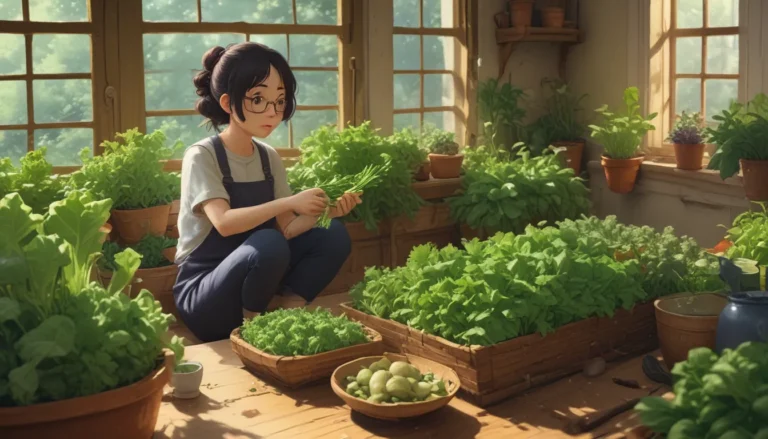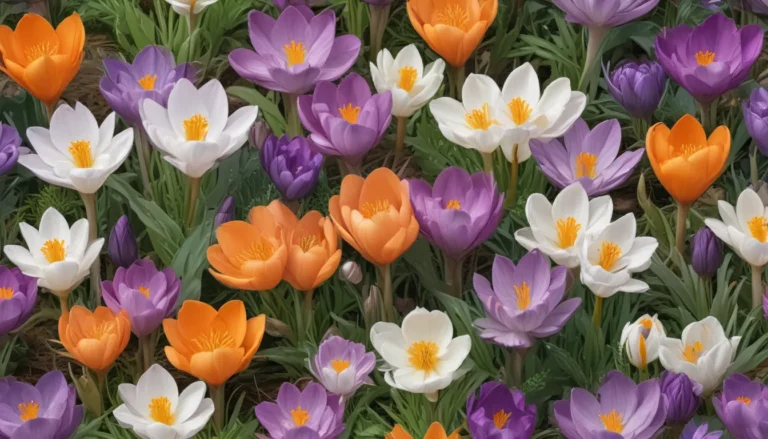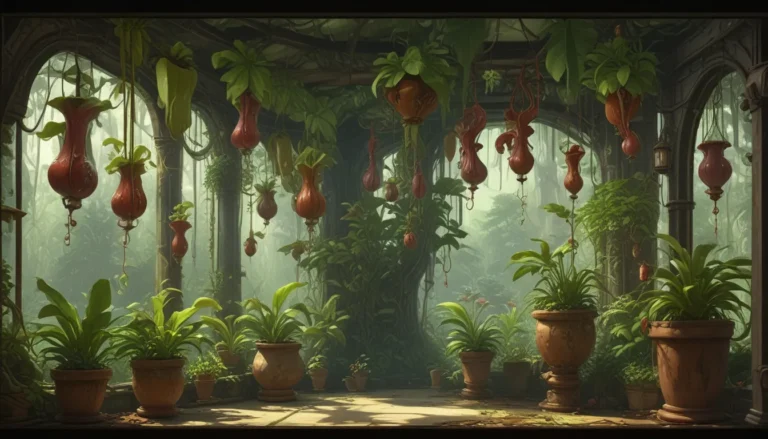A Comprehensive Guide on Dividing and Transplanting Daffodil Bulbs

Are you a fan of bright and beautiful daffodils that signal the arrival of spring with their vibrant colors? If so, you’re in the right place! In this detailed guide, we’ll delve into the intricacies of dividing and transplanting daffodil bulbs to help you maintain a healthy and robust garden of these stunning flowers.
Understanding Daffodils
Before we jump into the process of dividing daffodil bulbs, let’s take a closer look at the anatomy of these charming flowers. Daffodils, or Narcissus, are bulbs that grow underground and sustain themselves by storing nutrients for growth and blooming. They have a distinct shape, with a pointed top and a flat, disk-like bottom known as the basal plate.
The outer layer of a daffodil bulb is covered by a papery brown tunic, protecting the inner leaves, flower scape, and bud. These bulbs are typically planted in the fall at a depth that is two to three times their height. In the spring, the bulbs sprout strappy leaves followed by budding flower scapes, eventually blooming into beautiful flowers.
As daffodils mature, they undergo a process of asexual propagation by producing small white bulbils, known as offsets, that separate from the parent bulb to form new plants. This natural propagation method allows daffodils to spread and create a stunning display of springtime blooms.
Reasons for Dividing Daffodils
Dividing daffodil bulbs is essential for maintaining the health and vitality of your plants. Over time, as daffodil bulbs multiply, they can become overcrowded, leading to competition for nutrients, water, and space. Dividing the bulbs every five to 10 years helps prevent overcrowding and rejuvenates the aging plants, resulting in healthier growth and better flower production.
When we talk about dividing daffodils, there are three primary tasks involved:
- Thinning out dense clumps by relocating some bulbs while returning the rest to the same hole.
- Separating offsets from parents for transplantation elsewhere.
- Cutting an individual bulb to increase bulbil formation, known as basal division.
Dividing daffodil bulbs not only benefits the plants but also allows you to multiply your investment by creating additional plants for new gardens or expanding the presence of daffodils in your landscape.
How to Divide Daffodil Bulbs
Now that you understand the importance of dividing daffodil bulbs, let’s explore the process step by step. Here’s a detailed guide on how to divide daffodil bulbs effectively:
-
Prepare the Bulbs: When the flowers start to fade and before they set seed, cut each flower scape at the base to prevent seed formation and redirect energy to next year’s blooms. Avoid cutting off the leaves, as they play a crucial role in absorbing sunlight for energy production.
-
Digging Up the Bulbs: Use a garden fork to gently loosen the soil around the clump of daffodil bulbs. Lift the clump from the ground and carefully remove excess soil to expose the bulbs.
-
Separating the Bulbs: Gently separate the bulbs from each other, discarding any damaged or soft bulbs. Some bulbs may have offsets growing beside them, which can be planted immediately or allowed to dry for a few weeks before planting.
-
Basal Division Techniques: Experiment with basal division techniques such as coring, scooping, scoring, and sectioning to propagate daffodil bulbs effectively. Each method offers a unique approach to multiplying bulbs and creating new plants.
-
Drying and Planting: Allow the divided bulbs and offsets to dry in a cool, dry location before planting them in the fall. Follow spacing and depth recommendations to ensure optimal growth and blooming.
By following these steps, you can successfully divide and transplant daffodil bulbs to maintain a healthy and vibrant garden of these lovely flowers.
Conclusion
Dividing and transplanting daffodil bulbs is a rewarding and essential task for any gardener looking to promote healthy growth and abundant blooms. By understanding the nature of daffodils, the reasons for dividing them, and the step-by-step process involved, you can enhance the beauty of your garden and multiply your investment in these delightful flowers.
So, grab your gardening tools and get ready to divide and transplant your daffodil bulbs for a stunning spring display. Remember, the more you divide, the more daffodils you’ll have to enjoy in your landscape!
Have you tried dividing daffodil bulbs in your garden? Share your experiences and tips in the comments section below. We’d love to hear from you!
If you found this guide helpful, be sure to check out our recommendations for cultivating Narcissus flowers and enhancing your gardening skills:
- 15 of the Best Daffodil Cultivars for Naturalized Plantings
- Best Companion Plants for Daffodils
- 5 Reasons Why Your Daffodils Aren’t Blooming
Happy gardening!





